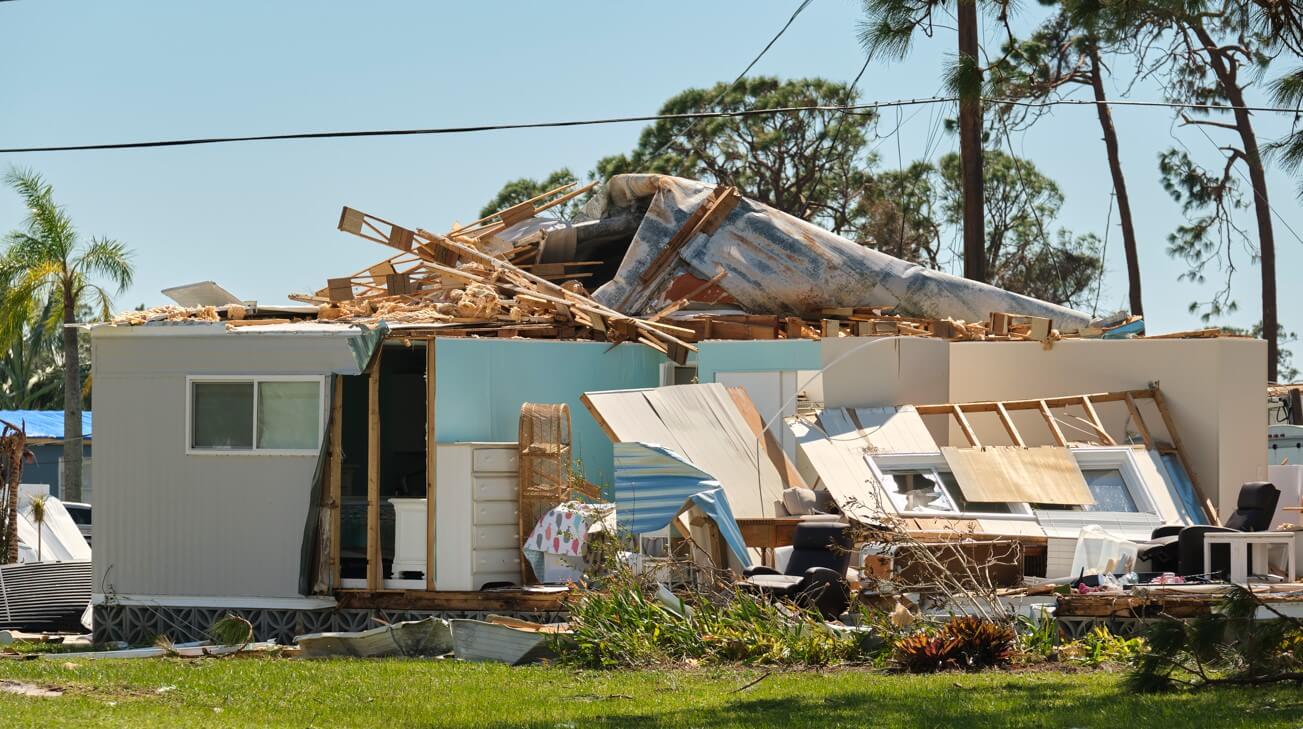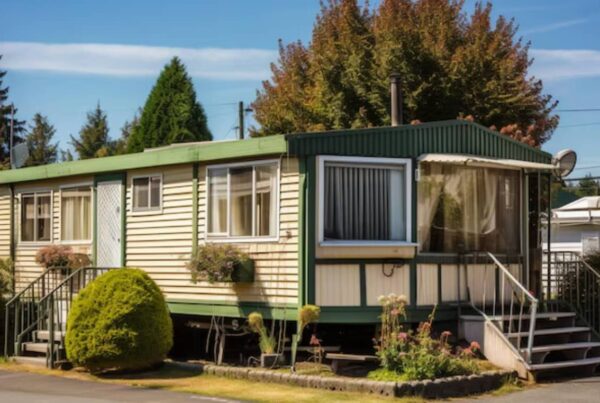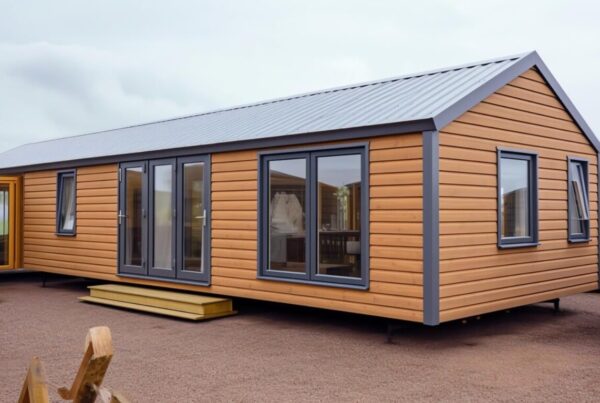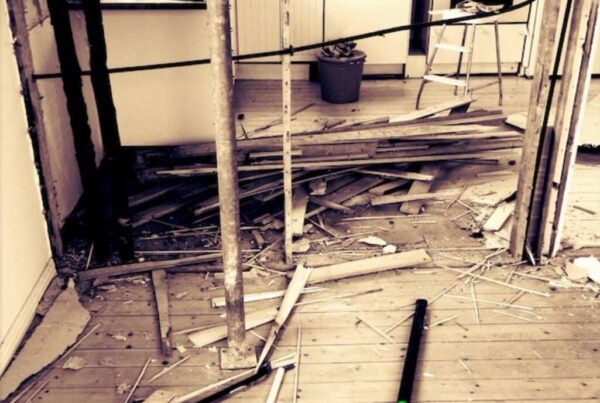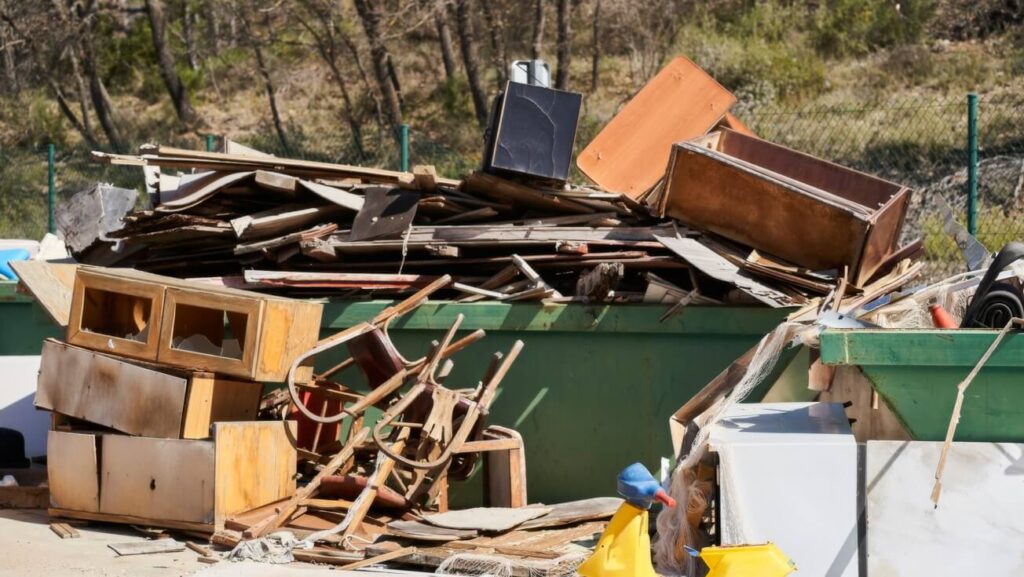
Mobile homes, just like any structures, eventually reach the end of their useful lives and need to be demolished – when this occurs, demolition may often be the only viable solution. But, What happens to the debris after a mobile home is demolished? Let’s examine this step-by-step approach to dealing with its aftermath.
Demolition Process
Understanding how demolition occurs is vitally important. Mobile homes typically consist of numerous materials like metal, wood, plastic, and insulation – the demolition process involves dismantling these pieces to produce substantial waste products that must be safely brought down by professional teams of demolition specialists.
If you’re considering a new home, mobile home donation is a great option. It allows you to contribute to a charitable cause while providing someone in need with a place to live.
Sorting Out Debris
Once demolition has concluded, the next step should be sorting through all of the rubble to separate materials that can be recycled or reused – here’s an insight:
- Metal: Mobile homes often include steel frames and aluminum siding that are highly recyclable. Recycling centers take great advantage of such metals to turn a profit by accepting them back as recyclable materials.
- Wood: If remains in good condition timber parts, for example, beam or floorboards can again be used; otherwise such parts remain in the dump.
- Plastic and Vinyl Waste: In case PVC pipes or vinyl siding cannot be used again then they can either be recycled or disposed of in the next best way.
- Insulation and Hazardous Materials: It becomes important to properly dispose of products containing such substances since the disposal cannot be done in a normal manner due to the effects on the environment.
Reusing Materials as Part of Recycling Initiative
Recycling plays an essential part in mobile home demolitions. Recycling centers can repurpose up to 90% of materials found within demolished mobile homes for reuse; here are a few materials that find new life:
- Metal
- Wood
- Plastics
Recycling these materials not only reduces landfill pressures but also conserves resources. When thinking about upgrading or relocating, you might wonder, how do you get rid of a mobile home? There are several methods available, from donations to professional removal services.
Disposal of Non-Recyclable Debris
Many people ask “What happens to the debris after a mobile home is demolished?” Unfortunately, not all materials from mobile homes can be recycled. Non-recyclable debris such as insulation, roofing materials, and certain plastics is sent directly to landfills, where it will be managed according to environmental regulations. Sometimes waste may even be incinerated although this option has lower environmental benefits.
Environmental Effect of Mobile Home Demolition
Demolition and disposal of mobile homes can have significant environmental consequences. Transporting waste to landfills uses energy, while some materials like plastic take years to decompose into harmless components. That is why efforts at recycling or repurposing materials, where possible, are so vital in order to mitigate negative environmental effects while optimizing resource use and making better use of resources available to us.
Legal Requirements for Disposal
Laws and regulations dictate how demolition debris should be managed, with specific guidelines provided by each region to ensure hazardous material is removed responsibly while recyclable materials do not go to landfill unnecessarily. All laws aim to minimize environmental harm.
Curious about the logistics? Learn how do people remove a mobile home. This process can involve specialized equipment and teams to ensure safe and efficient removal.
The Bottom Line
What happens to the debris after a mobile home is demolished? Mobile home demolition debris does not simply disappear into thin air. Instead, it must be carefully managed in an environmentally conscious manner to maximize recycling or repurposed material, with any remaining sent to landfills. With careful planning and practices that reduce environmental impact during demolition operations, waste can be minimized while impact can be diminished – not simply destruction but resource conservation as well.
Understanding how demolition debris is processed helps us better appreciate efforts being made to minimize waste and preserve the planet!
